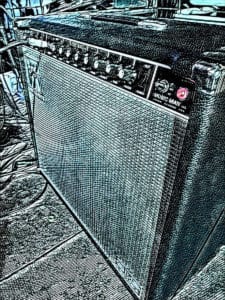As an Amazon Associate Playpedalsteel.com earns from qualifying purchases. This page contains affiliate links.
Known for their chess piece fretboard symbols, as well as their balanced tone, MSA pedal steel guitars are instantly recognizable among pedal steel players.
The MSA brand has built a good reputation in the industry, and their steels certainly have a characteristic sound.
Maurice Anderson helped put these pedal steels on the map, and was an avid player and pioneer of the instrument.
Let’s take a closer look at MSA pedal steels and what sets them apart from other steel guitar manufacturers…
A Little History
MSA originated in Dallas, TX and many notable pedal steel players helped contribute to the company in its early days.
Bobbe Seymour, Bud Carter, and Tom Morrell were a few of the players that assisted the brand early on, and they would later go on to have successful pedal steel building and repair careers.
MSA helped put on some of the earliest steel guitar shows, which have become a popular way to bring together pedal steel players and manufacturers.
Maurice Anderson (often called “Reece”) played a significant role in the brand’s development, and was a great pedal steel player that also played jazz on the instrument.
The name MSA stands for Morrell, (Danny) Shields, and Anderson, all of whom were pivotal in the founding of the company in its earliest days.
There was a time when MSA was building almost 2,700 pedal steels a year, which is amazing considering how niche the instrument is.
The company is still located in Dallas, although it has moved to various locations over the years.
Features of Modern MSA Pedal Steels
Currently manufactured MSA pedal steels have a lot of neat features built into them. Check out their fretboard lighting system, as well as their lights that shine underneath the guitar.
Although these lighting options cost extra, they are stunning to look at, especially when the guitar is on-stage in a low lit area.
Even more important, the following aspects of their pedal steels are inherent in their functionality and design…
- The height of the pedals can easily be adjusted with a knob
- A jack that is recessed in the end-plate to prevent possible damage to it
- A system that makes it easy to conveniently change the pickups in a short period of time
- Return springs that are able to be adjusted
- The aluminum parts don’t have any castings
- The cross shafts are easy to remove and put back in
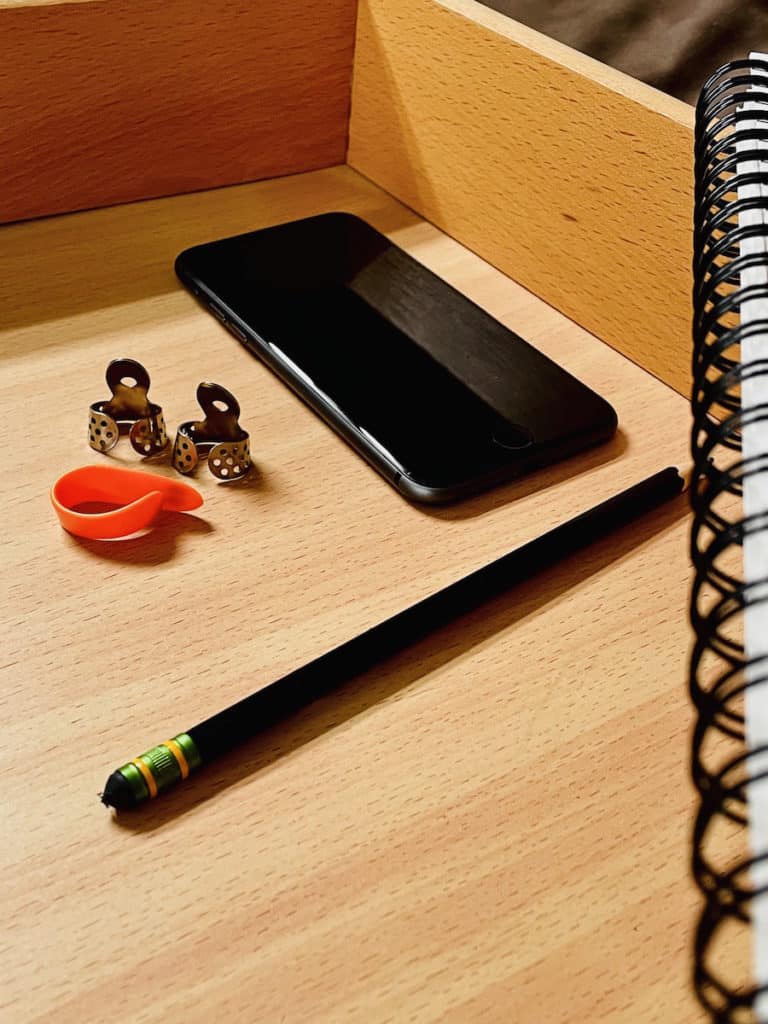
MSA Models
The MSA Classic
Perhaps the most well known MSA model ever built, the Classic is a great example of an MSA pedal steel that sounds good and plays well.
The Classic was usually built with five foot pedals and four knee levers, and often featured a multi-colored logo on the front of the pedal bar.
These models had a formica body and eventually they began making the bodies from wood around 1978.
When the wood body MSA Classics were produced, most of them had Super Sustain pickups installed.
MSA Legend
The Legend is a modern pedal steel that is currently in MSA’s line of guitars. Each string has split tuners, and the pedal rods are made from titanium.
The bell cranks have 13 positions, and are made from stainless steel. MSA Legends are 24.25″ in scale length and the necks are made of metal.
The brand considers this to be their go-to model, and these guitars also come with a roller case. It has four raises and three lowers.
The Studio Pro Model
MSA’s Studio Pro has a maple body and aluminum necks, but also has many of the same features as their Legend model.
Its hardware is also made from stainless steel, including the bell cranks which have 13 positions. Like the Legend, it also has four raises and three lowers.
Prices for a new Studio Pro range from about $5,250 to $6,500 depending on how many necks, pedals, and levers it has.
MSA Legend XL
One of the main differences between the Legend XL and MSA’s other current models is that its necks are made from wood. This model looks stunning with certain finishes, and its inlays are beautiful.
The MSA Legend XL ranges in price from about $5,600 to $7,200, again depending how many necks, pedals, knee levers, and strings it has.
For additional costs, you can upgrade this model to the XL Signature Series. This model can incorporate frets that light up, a wood inlay for the pedal bar, and a three-dimensional logo.
Other Models
MSA has also built the following models over the years:
- Millennium
- Millennium 3
- Superslide
- Classic SS
- U-12
- and more…
It is evident that MSA has a rich history, which can be seen by the evolution of their models and their pedal steels’ features.
Most MSA players highly recommend the brand, and even pedal steel enthusiasts that don’t own one will often have good things to say about them.
Sometimes a player will describe an MSA’s tone as being too murky or bland, but often this is attributed to the specific pickup which can easily be replaced and fix this problem.
Conclusion
If you’re interested in buying a new or used pedal steel, the MSA brand is definitely worth checking out. Their Classic models come up for sale regularly in the used pedal steel market, and if they’re in good condition, they’re usually a nice professional pedal steel to own.
Thanks for checking out this page, hope it is helpful and makes playing more enjoyable! If you’re interested in diving deeper into playing E9 pedal steel, check out these resources and guides…
The Chord Guide for E9 Pedal Steel (E-Book, Digital Download)
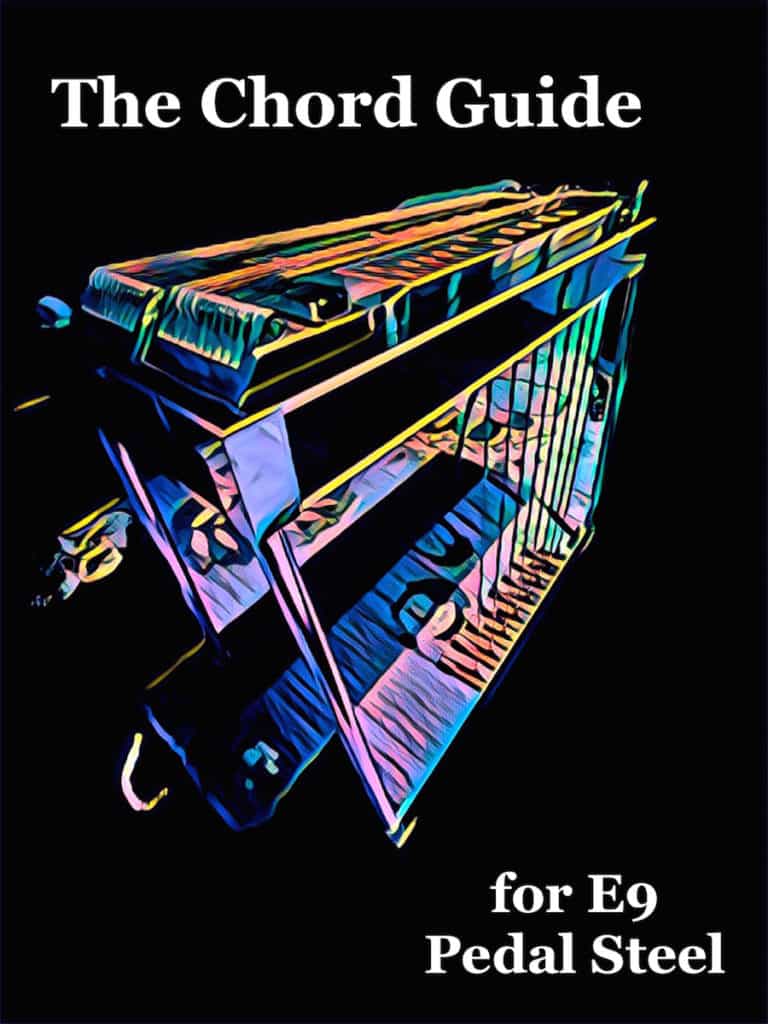
Learn the chords on the E9 neck in a way that makes playing simple and enjoyable…
- Almost Every Chord You’ll Ever Need for E9
- Intuitive and Easy to Use
- Make Use of Pedal and Lever Combinations
- Example Tabs of Chord Movements
- Easily Utilize the Nashville Number System
- Great For Any Key and Style of Music
Includes a bonus section of over a hundred pages of extra chord charts, key references, and more!
You may also like…
200 Country Riffs & Licks for E9 Pedal Steel
Add these country licks to your playing repertoire…
- Easy to Read Format
- Includes Rhythmic Notation
- Playing Over Chord Changes
- Great for Country, Alt-Country, & Honky-Tonk Styles
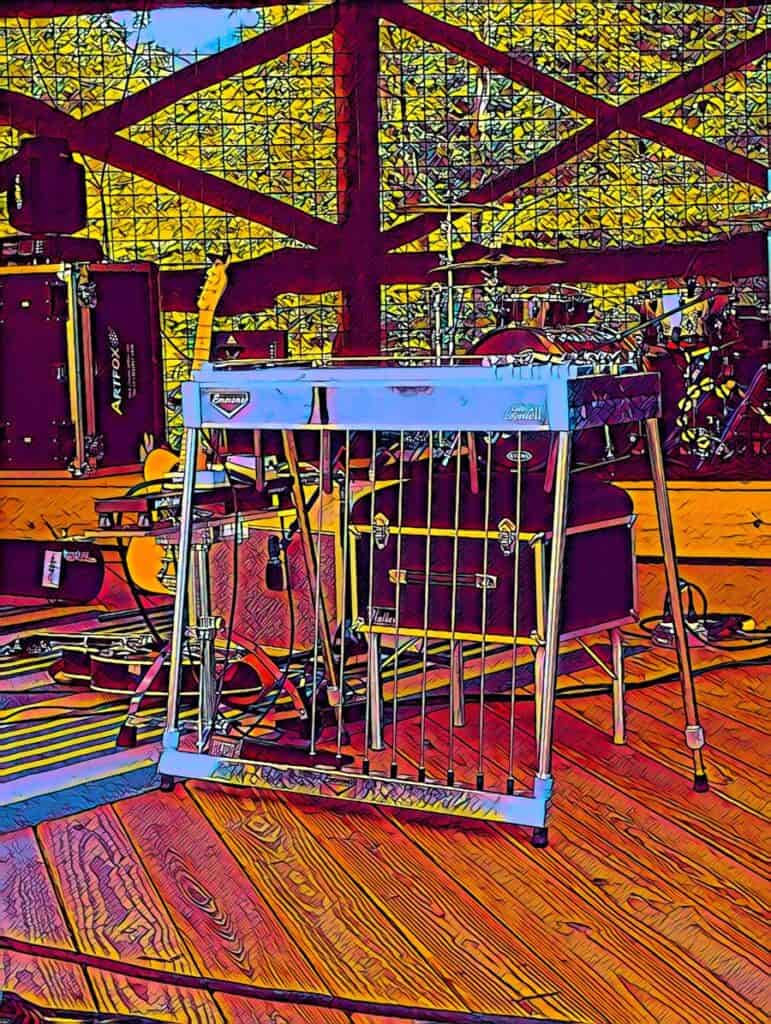

The Scale Book for E9 Pedal Steel
Over 1,000 Pages with Tabs and Diagrams!
- Easy to Use Reference for Practicing
- All Major and Minor Pentatonic Scales, Modes, Major Scales
- All Keys, and Covers the Fretboard
- Includes Pockets of Scales
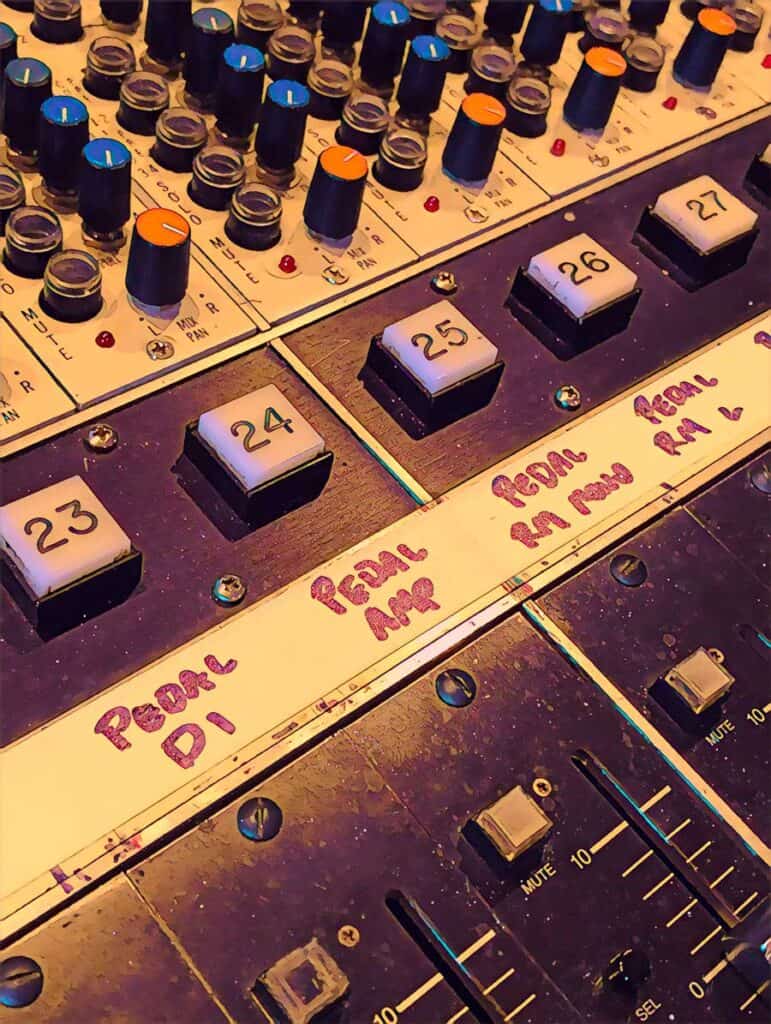
Harmonized 6ths
- Hundreds of Riffs, Licks, and More
- How To Play Sixth Intervals on the E9 Neck – Over Any Chord
- Utilizes The Pedals and Knee Levers

Right Hand Picking & Blocking
- An In-Depth Guide to Picking and Blocking
- Perfect Your Technique
- Includes Graphics, Illustrations, & Practice Exercises
Check out the page below if you’re interested in buying a pedal steel guitar…
